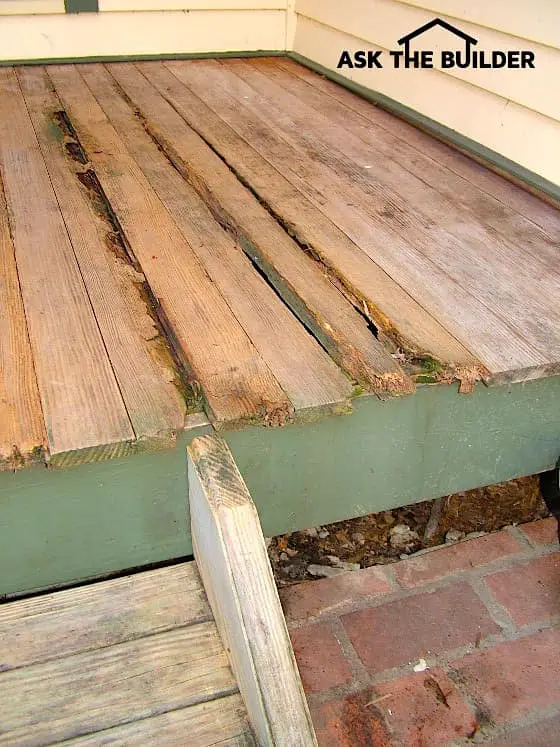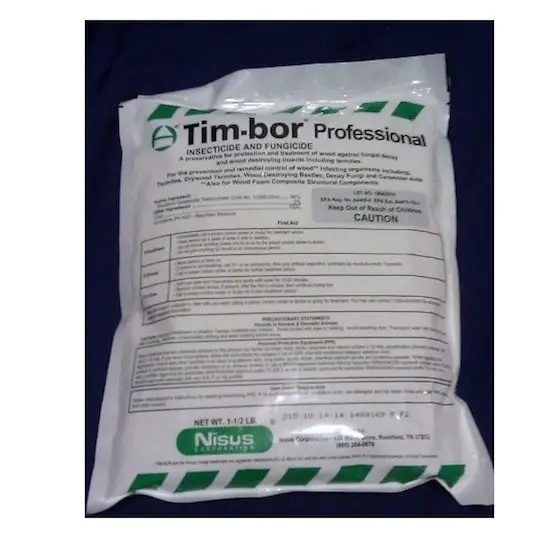Using Borate Chemicals
Borates can be used on just about any wood. Use the borates on logs, all framing lumber, wood siding, plywood, and wood - foam composite components. Keep in mind that once treated with borates, you can sand, cut, saw, sand, glue, and finish lumber as if it had nothing in or on it. The borates will not cause problems.
If you do decide to treat some exterior lumber like siding, make sure you use a synthetic resin water repellent to treat the wood after the borates are applied. This sealer will stop the water from leaching the borates from the exposed lumber.
Watch Those Plants
The borate chemicals once mixed with water can harm plants and aquatic life. So you need to exercise caution when using them. Read the warnings on the labels!
Applying Borates
You can apply borate chemicals to wood in several different ways. You can dip the lumber, apply the borates under pressure (like CCA treating), spray it on, brush it on, immerse the lumber, or flood it with a borate solution.
If you choose the dip method, you need to make up a fairly large batch and have a large enough tank to handle the size of lumber you are dipping. You basically mix the borate chemical in hot water and keep the solution heated. You then dip the lumber and keep it in the tank for 2 to 5 minutes. After removal, if you stack the lumber under a tarp or plastic so it slowly dries, the borates will penetrate completely through the wood! Dipping is tough to do because you need the tank, a heat source, and a place to store the lumber.
You can get the borate chemicals to penetrate the wood to a depth of 3/4 inch by spraying, brushing, immersing and flooding the wood. Once the borates are applied it takes several weeks for them to disperse the full 3/4 inch depth into the wood.
Surface Preparation
As with any product, you need the wood to be clean, free of mold and mildew and free of wax. In other words you can't block the borates from getting into the wood.
Mixing
The two borate products you can buy are nearly identical. The Saver Systems product contains highly refined boron and is made so that you mix 1 pound of borate powder to one gallon of water.
Applying
One gallon of solution will usually treat 200 square feet of lumber. It is recommended that you then apply a second coat within 24 hours.
When I build my next home I will pre-treat all the ends of the joists and studs when they are delivered. You can do that when they are still in the bundles. Once the house is framed and under roof I will spray all other surfaces possibly three times.
Companion Articles: Borate Chemicals for Wood Preservation, Termites - Soak Wood with Safe Borates, About Borate Chemicals
Column B272

